The difference between Kaddura Coffee beans and Kaduai Coffee Coffee tastes good
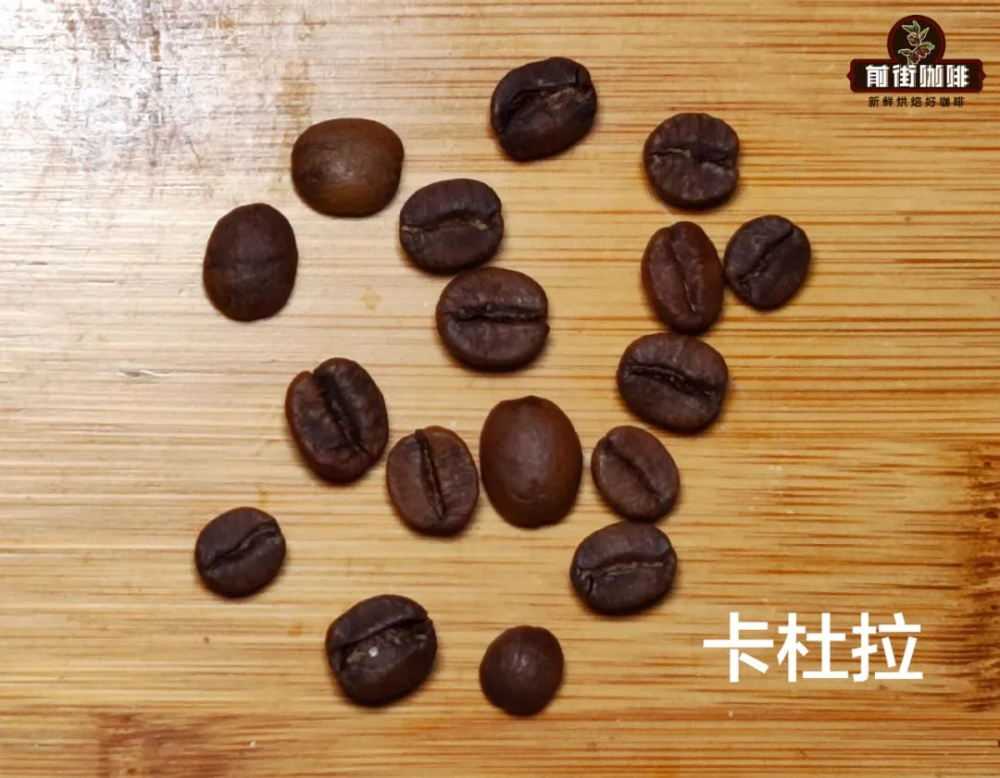
Professional coffee knowledge exchange More coffee bean information Please pay attention to coffee workshop (Weixin Official Accounts cafe_style)
There are many varieties of coffee. If you drink coffee beans from South America regularly, you will definitely notice that many coffee varieties are marked with kadura and kaduai. So what are these two coffee varieties with such similar names? This article will briefly describe the story of these two kinds of coffee. What is kadura coffee? Kadura is a natural variant of Bourbon. It was discovered on a plantation in the Brazilian state of Minas Gerais between 1915 and 1918. Bourbon grown on plantations has mutations in a set of genes that cause plants to grow smaller (similar to dwarfism). The new coffee species, in its new biological form, is known locally as Caturra in Guarani, meaning "small." It is sometimes referred to as "Nanico."
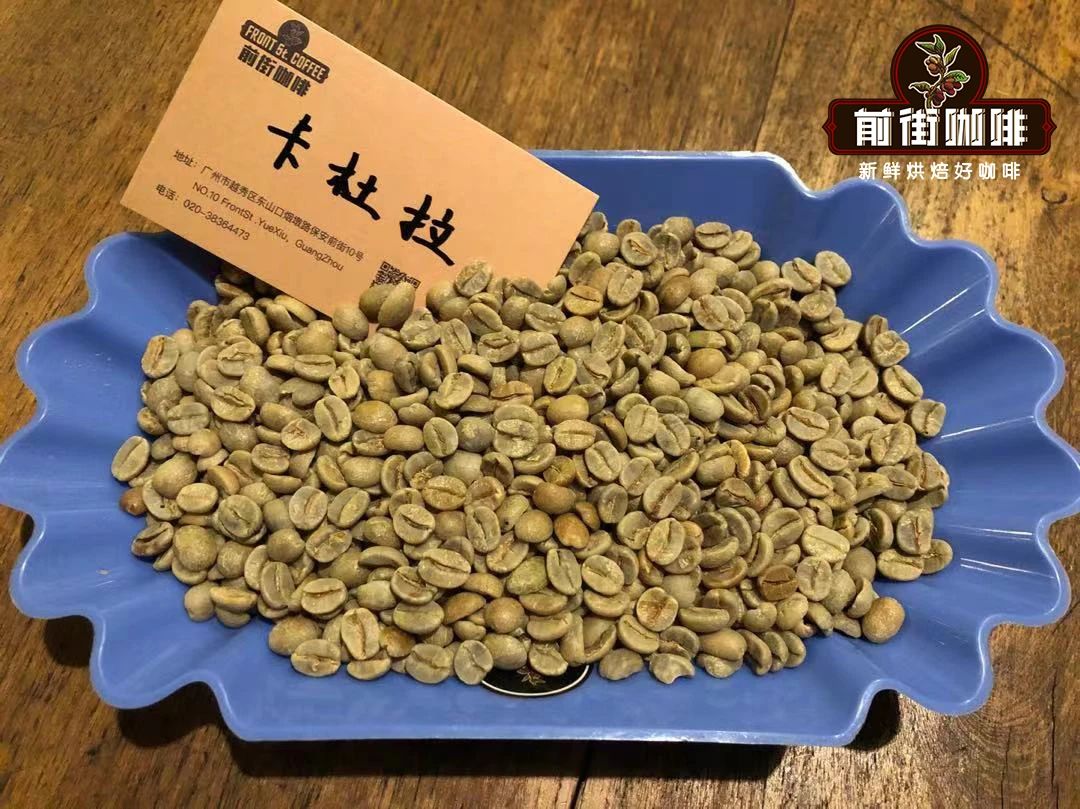
The São Paulo State Agricultural College (IAC) in Campinas, Brazil, has been screening since 1937. Kadura's selection process is called population selection, meaning that a group of individuals is selected for superior performance, the seeds of these plants are stacked to form a new generation, and the process is repeated. But interestingly, this breed has never been officially released in Brazil, but is already common in Central America.
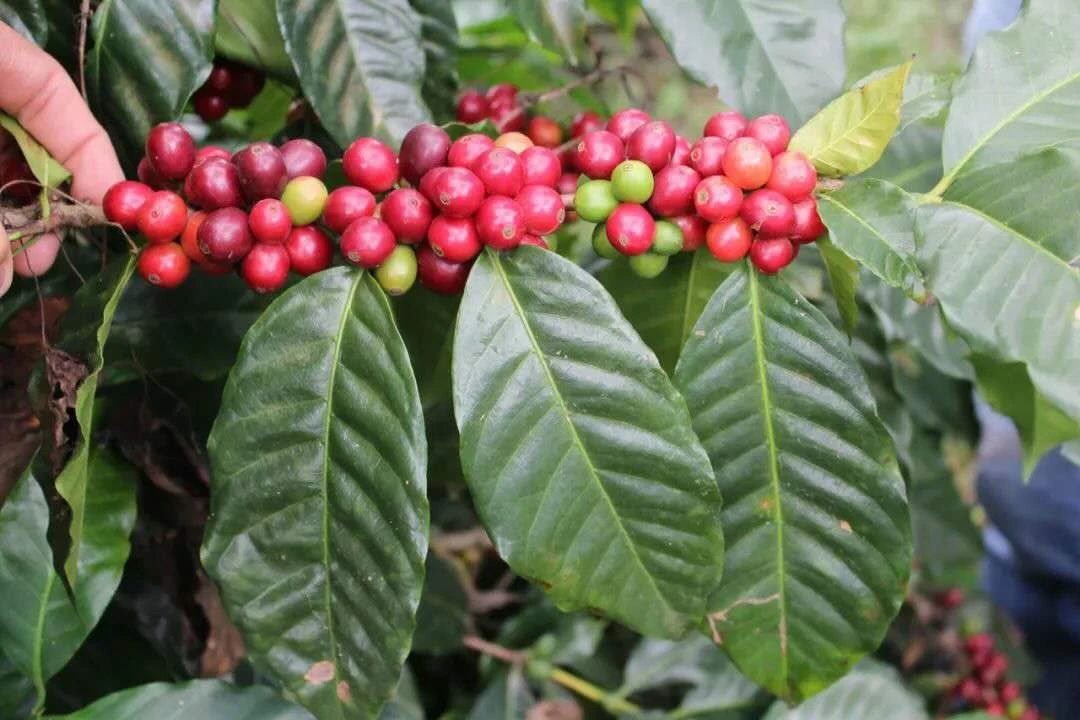
Kadura's small size allows plants to be planted closer together, and its secondary branches are closely spaced, allowing it to produce more fruit in the same space. This resulted in a significant increase in unit yield. And because of its small size, it was easier to harvest. The most important advantage is that it is different from iron pickup, bourbon and other ancient species, it does not need shade forest, in the sun is still vibrant, so also known as Kadura this type of coffee for "sun coffee"(Sun Coffee). Kadura is suitable for planting in 700m-1700m area, the adaptability to the environment is stronger than Bourbon species, the higher the altitude, the better its flavor.
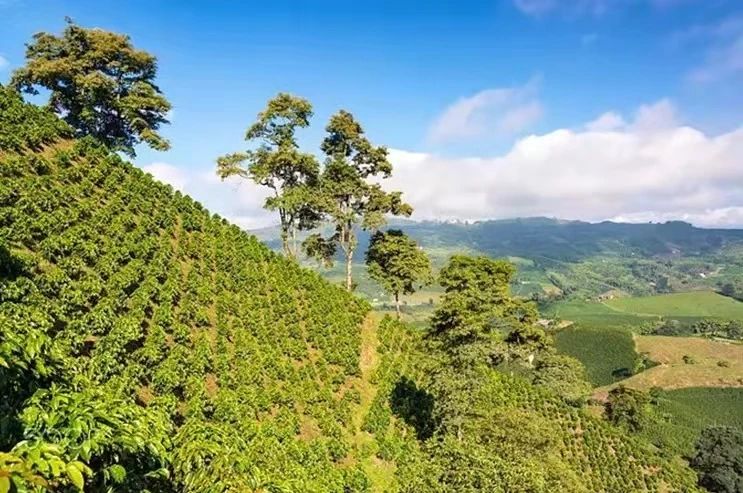
As with bourbon, it has a cyclical problem with productivity fluctuations every two years. It has both high quality acidity and aroma, overall brightness, but also has a good sweetness. What is kaduai coffee? Kaduai, just by hearing his name, you know he's connected to Kadullah. It is an artificially bred hybrid of Mundo Novo and Yellow Caturra, originally known as H-2077, by the Agricultural College of the State of São Paulo (IAC) in Campinas, Brazil. The New World is the result of a natural cross between Bourbon and Typica, first discovered in 1943 at Titmini Ross, Sao Paulo, Brazil.
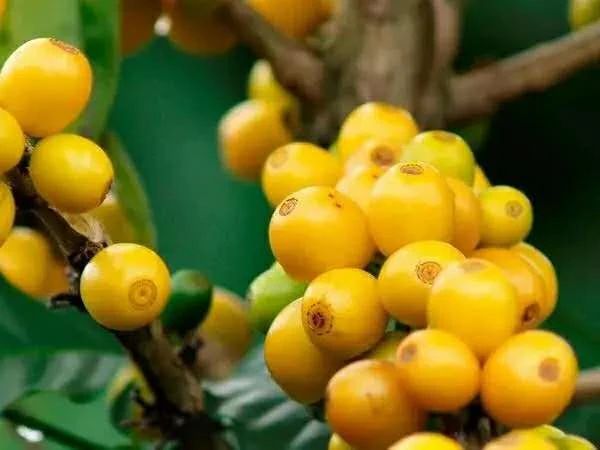
Kaduai inherited the attributes of New World high yield, strong disease resistance and good cup test varieties, and inherited the attributes of small size, high quality acid sensitivity and insolation coffee. Therefore, Kaduai has a relatively good ability to resist disasters, especially wind and rain. Because the plants are smaller, they can be planted at twice the density, and because the plants are shorter, it is relatively easy to treat pests. Kaduai grows vigorously and is low in height, but is susceptible to leaf rust. Also because this coffee variety is so excellent, it is named Catuai, which means "very good" in Guarani. However, the variety initially known as "H-2077" did not perform well in the cup test, but only performed well in disease resistance, insect resistance, yield, and environmental adaptability.
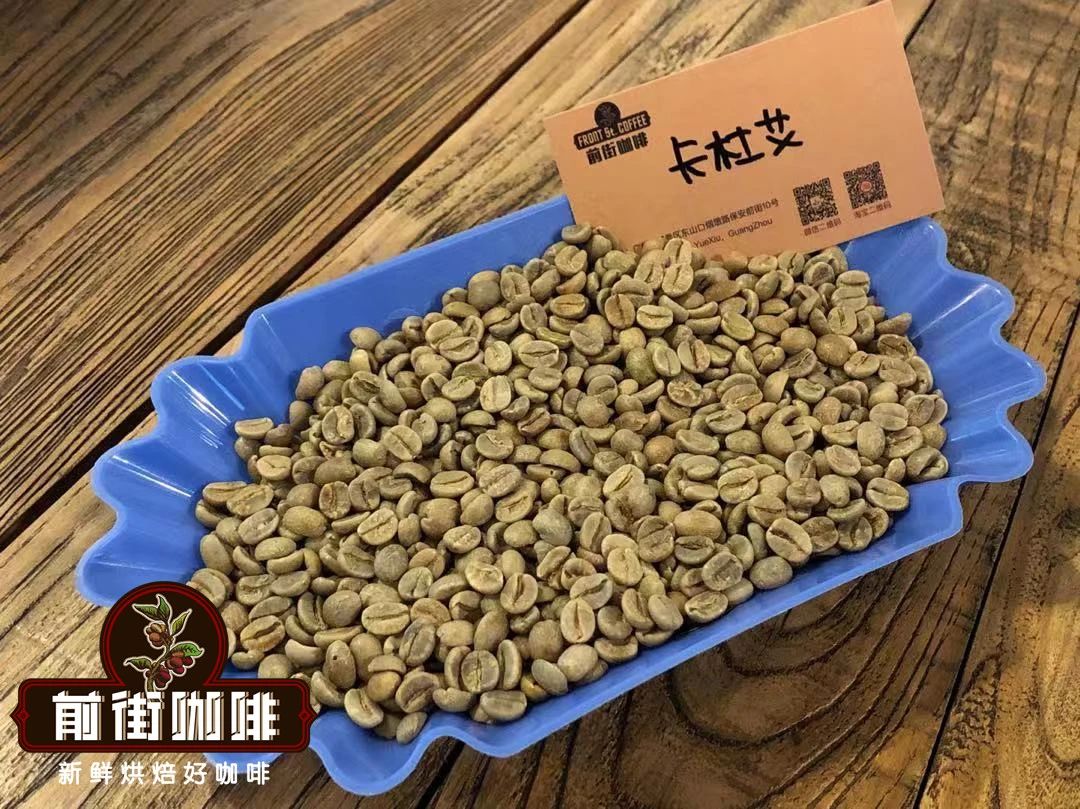
Therefore, after lineage selection (continuous generation selection of individual plants) by the Agricultural College of São Paulo State, H-2077 was finally widely cultivated in Brazil in 1972. The high yields of kaduai have also attracted Central American countries to introduce cultivation, but the study found that the production of kaduai transplanted to Central America seems to have declined.
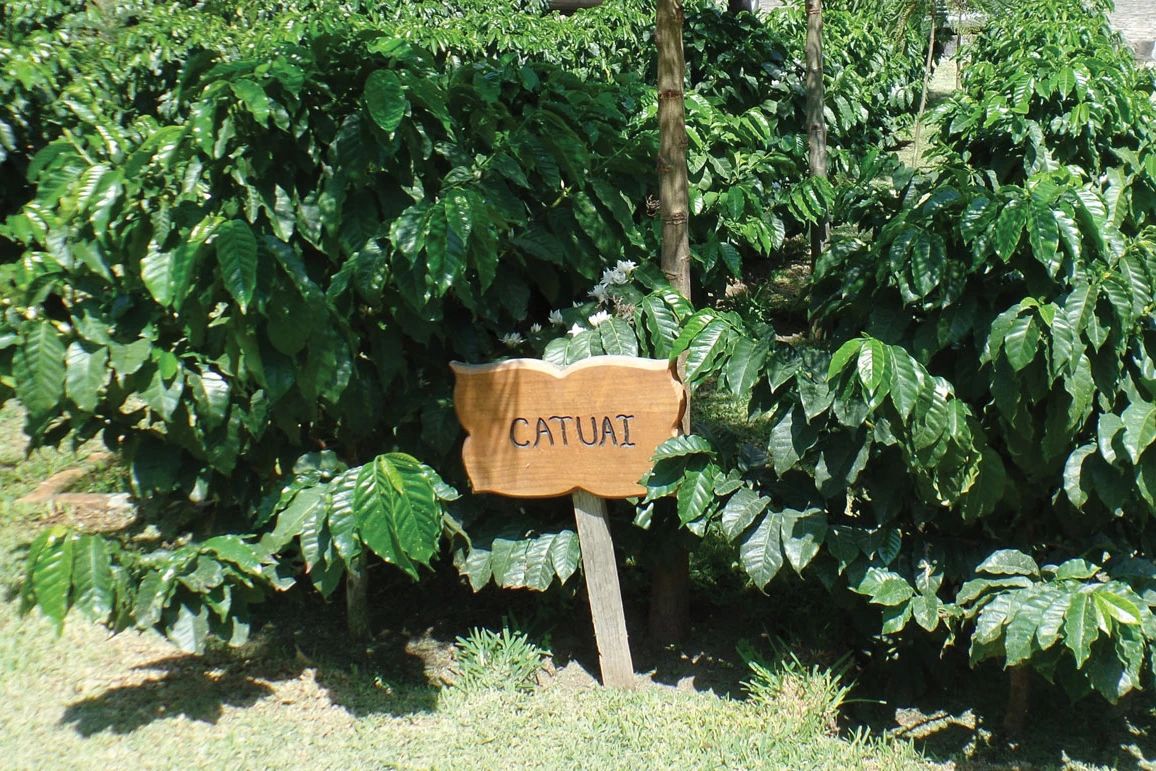
Kaduai's cup test performance is good, Kaduai also has red fruit and yellow fruit points, according to different characteristics, planted in different countries. Costa Rica, for example, introduced yellow carduai in 1985. For example, a Costa Rican musician series Beethoven on the front street coffee shelf is a coffee bean product composed of all yellow kaduai coffee varieties. It has excellent acidity and clean taste, and importantly, it has fruity aromas.

Why do kadura and kaduai often appear on a coffee? Studies conducted in Honduras and Costa Rica (tested by the Honduran Coffee Institute (IHCAFë), where two strains were selected to start cultivation) found that no significant productivity differences were observed between Kadura and Kaduai. In Central America, coffee plantations have already planted kadura, which replaces bourbon coffee, and then introduced kaduai for local cultivation. Originally, kaduai contained kadura gene, and the biological habits of the two were gradually similar, resulting in an increase in labor costs if secondary classification was carried out in a coffee-growing area. So now we buy latin american manor coffee beans with descriptions of upper kadura, kadua, etc. Today, kaduai is widely cultivated in Brazil, Costa Rica, Honduras and other Central American regions. For example, Costa Rica's musician series Baja, Mozart (Kadura, Kaduai), Honduras's sweet orange estate Kaduai, Panama's flower butterfly (70% rose summer, Kadura, Kaduai), etc. How's the flavor of kaduai? Front Street Coffee is presented with Carduai from Honduras Orange Estate: Origin: Honduras Macala Origin: Orange Estate Elevation: 1425 m Variety: Carduai Treatment: Wash Treatment On brewing To highlight the sweet orange aroma and pleasant acidity of this coffee. Fine grinding is used in grinding, similar to fine granulated sugar, and the pass rate is 80% with a national standard 850 micron sieve. The water temperature will choose a high temperature of 92℃, high water temperature can rush out the aroma and sweetness of coffee. V60 is selected on the filter cup. This flushing filter cup can better highlight a certain flavor of coffee. This brewing is to highlight the sweet taste like orange.
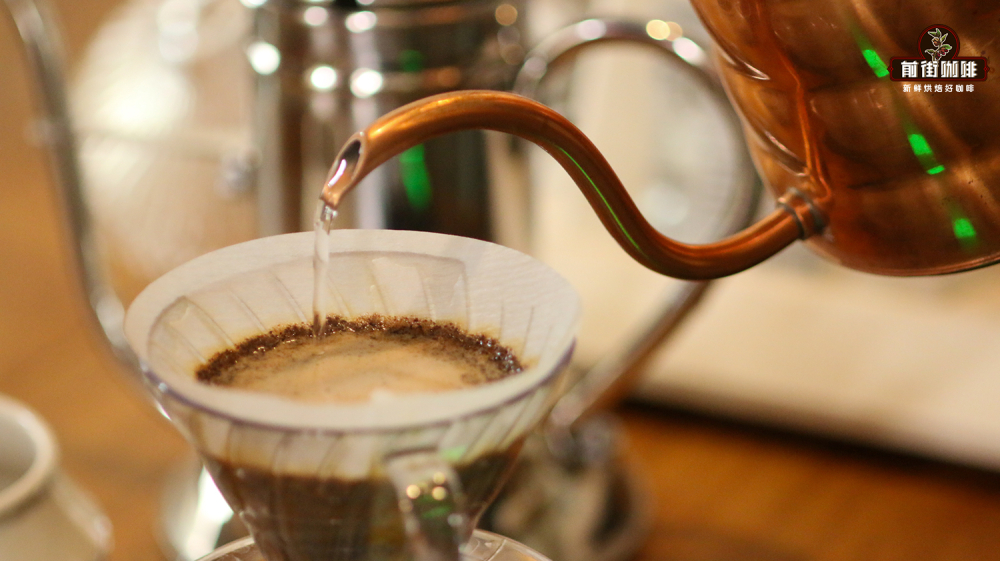
This brew still uses 15g coffee powder, the ratio is 1:16. After grinding coffee, you can obviously smell the aroma of melon seeds and fresh berries. Pour in coffee powder, add 30g water and steam for 30 seconds. Coffee can be observed to swell after absorbing water and release gas. The second section is filled with 150g of water around the circle. The water injection after steaming is very important, which basically determines the main flavor trend of this cup of coffee. The injection of 1:10 water can highlight the sweetness of coffee. 60g water was injected when the powder layer was slightly lowered, so that the powder layer was lifted to the height of the second water injection. After the coffee liquid completely flows into the next pot, the extraction time is 2 minutes.
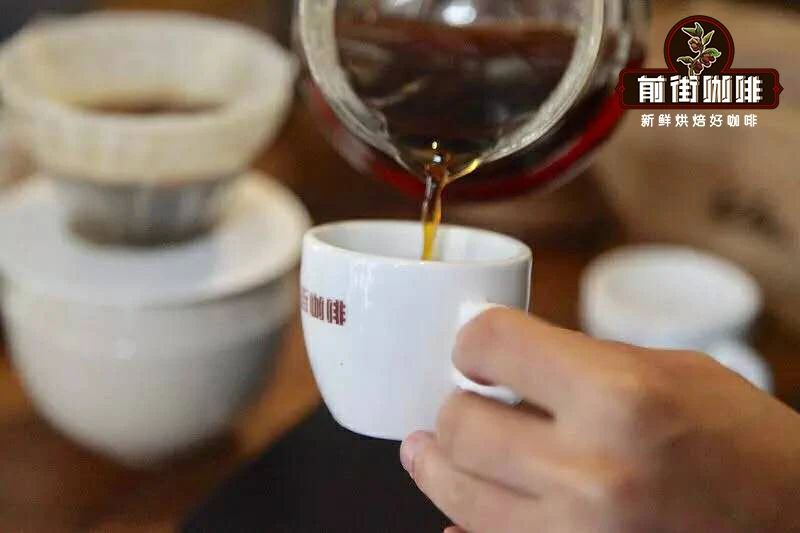
Flavor: This brew will smell orange peel emitted by the aroma and aroma of sucrose. On the palate, it has lemon acidity, orange sweetness and juice-like feel. The aftertaste has the flavor of black rice tea.
More fine coffee beans, please add private WeChat Qianjie Coffee, WeChat: kaixinguoguo0925
Important Notice :
前街咖啡 FrontStreet Coffee has moved to new addredd:
FrontStreet Coffee Address: 315,Donghua East Road,GuangZhou
Tel:020 38364473
- Prev
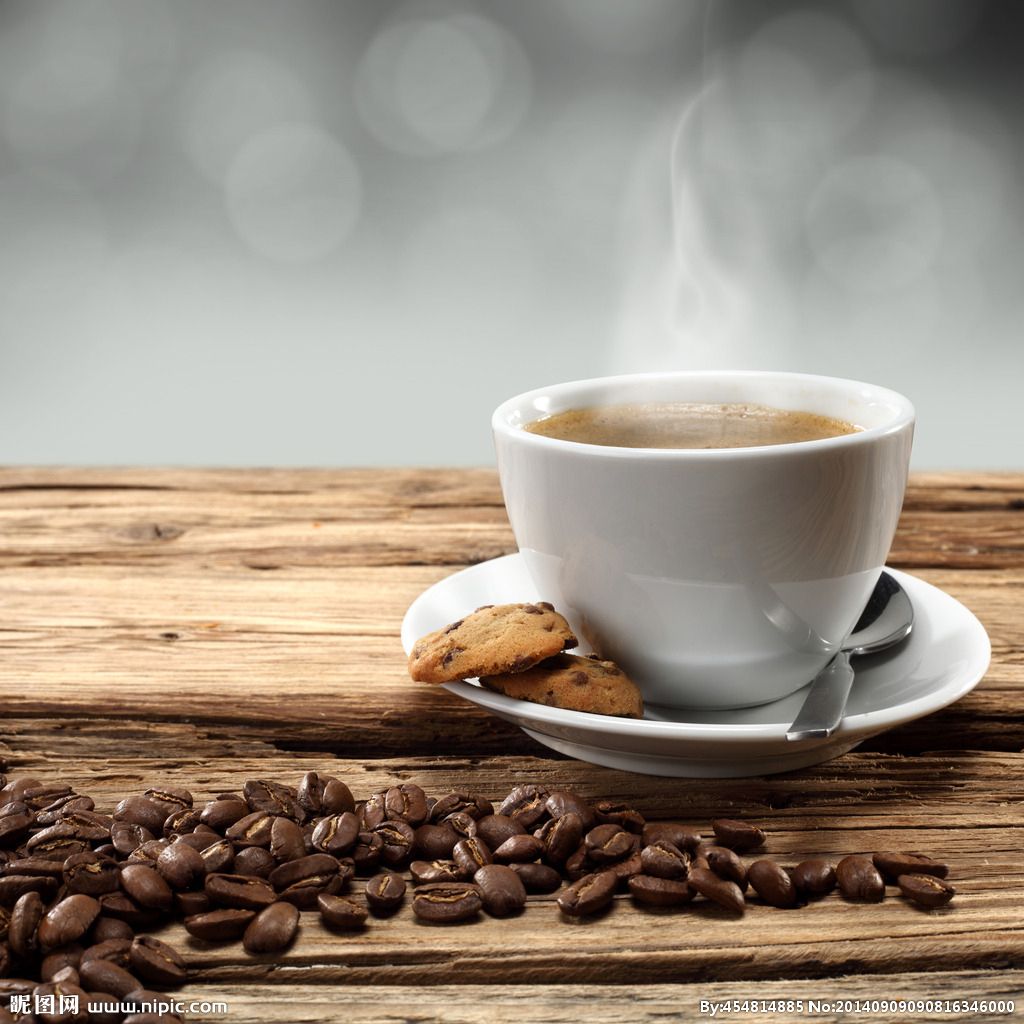
Kaduai coffee flavor, kaduai coffee taste how
Pay attention to the coffee comment (Weixin Official Accounts vdailycom ) and find that the beautiful cafe opens its own small shop. Kaduai is a coffee variety artificially crossed between Kadura and Mondu Novo. Kaduai has a relatively good ability to resist natural disasters, especially wind and rain. Kaduai trees are relatively low, and compared to other coffee trees, kaduai fruits grow stronger and are difficult to pick. fruit
- Next
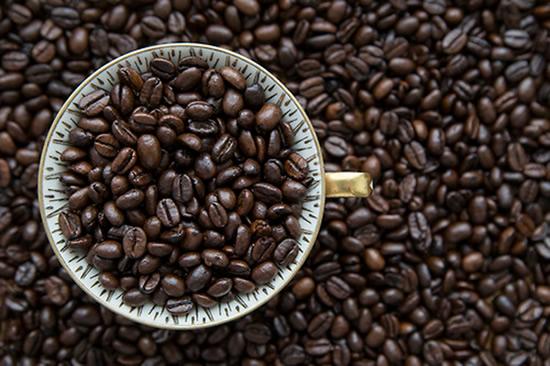
Panamanian sun roses summer, honey treatment Lilida, Colombian red wine treatment
Following Cafe (official Wechat account vdailycom) found that the microclimate of the Panamanian Heights is the most important resource that makes Panamanian coffee unique. The most important resource that makes Panamanian coffee unique is its microclimate. The east-west environment of the Republic of Panama allows cold air to flow through the Central Mountains and converge in 6500.
Related
- Detailed explanation of Jadeite planting Land in Panamanian Jadeite Manor introduction to the grading system of Jadeite competitive bidding, Red bid, Green bid and Rose Summer
- Story of Coffee planting in Brenka region of Costa Rica Stonehenge Manor anaerobic heavy honey treatment of flavor mouth
- What's on the barrel of Blue Mountain Coffee beans?
- Can American coffee also pull flowers? How to use hot American style to pull out a good-looking pattern?
- Can you make a cold extract with coffee beans? What is the right proportion for cold-extracted coffee formula?
- Indonesian PWN Gold Mandrine Coffee Origin Features Flavor How to Chong? Mandolin coffee is American.
- A brief introduction to the flavor characteristics of Brazilian yellow bourbon coffee beans
- What is the effect of different water quality on the flavor of cold-extracted coffee? What kind of water is best for brewing coffee?
- Why do you think of Rose Summer whenever you mention Panamanian coffee?
- Introduction to the characteristics of authentic blue mountain coffee bean producing areas? What is the CIB Coffee Authority in Jamaica?

